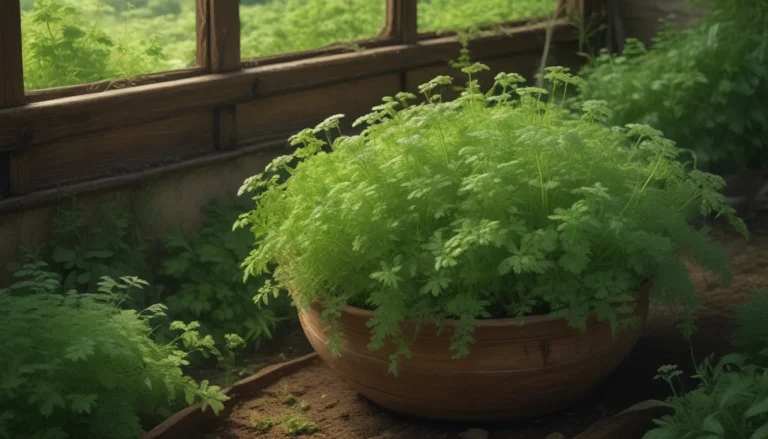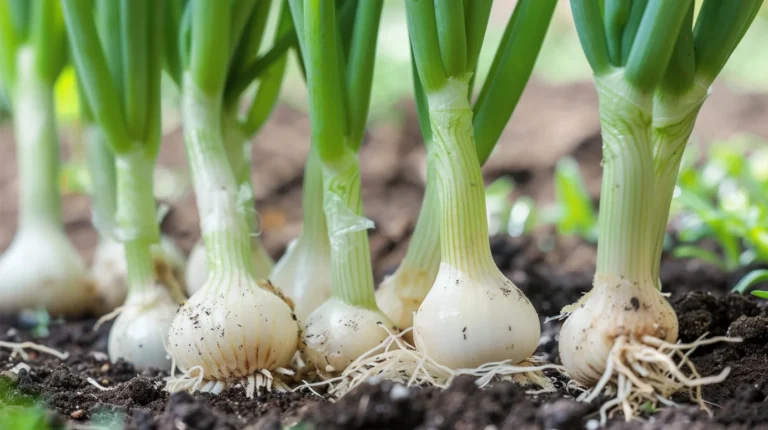A Comprehensive Guide to Identifying and Controlling Tomato Hornworms

Tomato hornworms, scientifically known as Manduca quinquemaculata, are incredibly large caterpillars with a voracious appetite for tomatoes and other solanaceous crops. The sight of these alien-looking creatures can be both fascinating and alarming, especially when they start devouring your plants with relentless hunger. In this detailed guide, we will explore everything you need to know about these notorious pests and how to effectively manage them in your garden.
Understanding Tomato Hornworms
These caterpillars are notorious pests that target tomatoes, potatoes, eggplants, and peppers, among other solanaceous plants. The adult moths, also known as five-spotted hawk moths or sphinx moths, have a wide distribution across North America, ranging from northern Mexico to southern Canada. While the moths themselves are harmless nectar feeders, their larvae can cause significant damage to plants.
- Identification: Tomato hornworms are easily recognizable by their large size, reaching up to four inches in length. The larvae sport distinctive white V-shaped markings along their sides and a characteristic black horn on their last abdominal segment. The adult moths exhibit a unique pattern with five yellow spots on each side of their abdomen.
- Biology and Life Cycle: Tomato hornworms complete two generations per season, overwintering as pupae and emerging as adult moths in the spring. Females lay eggs on plant leaves, giving rise to caterpillars that feed voraciously before pupating in the soil. The second generation emerges in midsummer, targeting solanaceous plants like tomatoes for egg laying.
How to Identify Tomato Hornworms
These pests can be easily confused with tobacco hornworms (Manduca sexta), but several key differences set them apart. While both species share similar characteristics, such as large size and distinctive markings, careful observation can help you distinguish between the two.
- Tomato Hornworm (Manduca quinquemaculata): Eight white V-shaped markings, black horn, five yellow spots on each side of the abdomen.
- Tobacco Hornworm (Manduca sexta): Diagonal white lines on sides, reddish horn, six yellow spots on each side of the abdomen.
Effective Control Methods
Dealing with tomato hornworms requires a multi-faceted approach that combines cultural, physical, biological, and organic control methods. By implementing a combination of strategies, you can effectively manage these pests and protect your valuable crops.
Cultural and Physical Control
- Remove alternate host weeds: Control weeds like nightshade, horsenettle, and jimsonweed to reduce hornworm populations.
- Till the soil: At the end of the season, till the soil to destroy pupae and expose them to natural predators.
- Handpick the caterpillars: While time-consuming, handpicking is one of the most effective methods for controlling hornworm populations. Drop the caterpillars into a bucket of soapy water to eliminate them.
Biological Control
- Beneficial insects: Encourage natural predators like paper wasps, ladybugs, green lacewings, and Cotesia congregata to prey on hornworms. Avoid disturbing caterpillars with parasite eggs to allow natural control to take place.
Organic Pesticides
- Spinosad products: Sprays containing Spinosad can be effective against young caterpillars if ingested.
- Bacillus thuringiensis var. kurstaki: Another organic option that targets young caterpillars when ingested.
Chemical Pesticide Control
Using chemical pesticides should be a last resort due to their potential harm to beneficial insects. If necessary, consider using permethrin, bifenthrin, or carbaryl as a one-time treatment for severe infestations.
Conclusion
Tomato hornworms can pose a significant threat to your solanaceous plants, but with the right strategies in place, you can effectively manage their populations and protect your crops. By combining cultural practices, biological controls, and organic pesticides, you can maintain a healthy balance in your garden and keep these voracious pests at bay. Stay vigilant, monitor your plants regularly, and take proactive steps to control hornworm populations to ensure a bountiful harvest of tomatoes and other crops.
Have you encountered tomato hornworms in your garden? How did you deal with them? Share your experiences and tips in the comments below!
For more information on growing and caring for tomato plants, check out these resources:
- Tips for Growing San Marzano Tomatoes
- Benefits of Companion Planting Marigolds with Tomatoes
- When Is the Best Time for Planting Tomatoes?
Remember, a proactive approach and a diverse range of control methods are key to managing tomato hornworm populations effectively. Happy gardening!
This in-depth guide provides valuable insights into identifying and controlling tomato hornworms in your garden. With a focus on practical strategies and effective solutions, you can protect your crops from these voracious pests and enjoy a successful harvest.Implement the suggested control methods and stay proactive in your pest management efforts to ensure a thriving garden.





